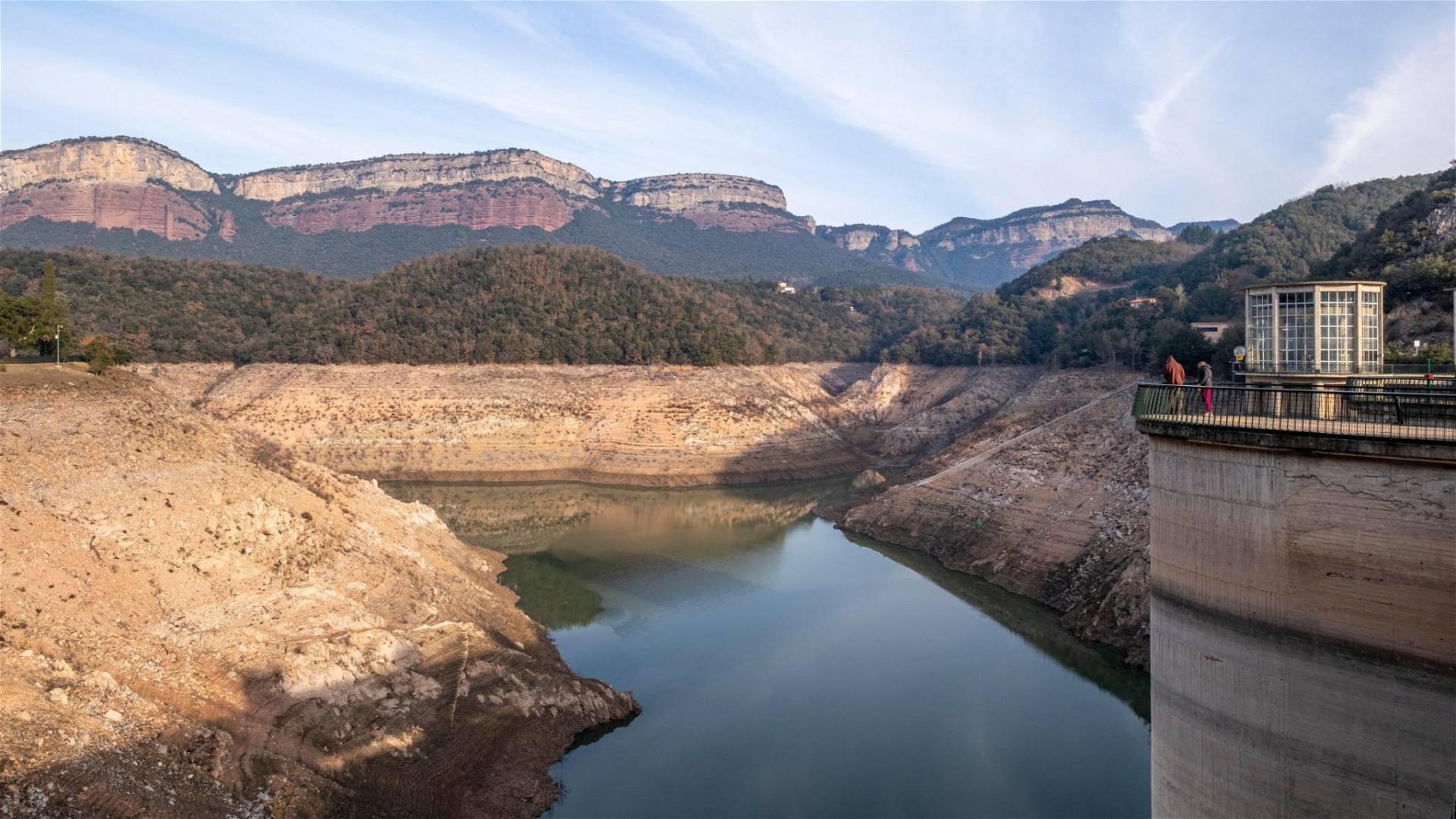· 5 min read
It is just over a decade since the 2011 publications that arguably kick-started modern water-energy-food nexus research (Hoff, 2011; World Economic Forum, 2011). Since then, much research has been published about the nexus, from philosophical studies and critiques, to fundamental/theoretical studies about the nature of WEF interactions, to applied case studies. While many studies have focused on cases in the “developed” world, some of the places most at risk from simultaneous, interacting water, energy, and food issues are located in “developing” nations least able to respond and adapt to changing environmental and social conditions, resource depletion and degradation, and increasing societal demand. In this regard, this Research Topic showcases four papers studying WEF nexus issues particularly focused on countries in the Global South, bring much-needed attention to overlooked regions with more acute WEF nexus problems, as well as offering locally-relevant recommendations and solutions.
Li et al. study the increasing spatial overlaps between dam-related flooding, food production, and domestic water supply point in Malawi and Ghana. In much of Africa, hydropower development is a major economic and societal development objective, providing abundant clean energy throughout the continent, helping toward meeting Sustainable Development Goal (SDG) 7 ambitions as well as contributing toward SDGs 2 and 6. While the synergistic effects seem beneficial at first, Li et al. show this is not always the case, who use a land cover change approach from 2000 to 2020 to show how dam-related flooding, crop production, and local water access points overlap. Therefore, dam development can in some cases hinder, rather than support, the attainment of multiple SDG goals, at least locally. Discussions with local stakeholders also pointed out that flooding from dams also contributed to contaminated water bodies and in some cases injury and death by drowning in flood waters. As a result of these co-impacts, flood mitigation at spatial “hotspots” need to be given greater priority so as to minimize detrimental impacts and maintain the achievement of multiple societal goals simultaneously.
Amwele et al. study the sustainability of groundwater extraction for irrigated food production in Namibia, a notoriously dry nation. The study also demonstrates a robust water-quality assessment of the suitability of local groundwater sources for irrigation. It is shown that there is great spatial variability on groundwater quality and its suitability for irrigation agriculture. Some locations have water quality unsuitable for irrigation, potentially hampering local efforts toward food security in a challenging climate. Conversely, other locations demonstrated water quality suitable for irrigation, locations that could be prioritized for highly-efficient crop production for local food supply, making the most of scarce resources. This study highlights how some regions must focus activities to specific areas to make the most of high-quality resources. The challenge here will be to ensure the high-quality groundwater locations remain sustainably utilized. In addition, the challenge of using sustainable energy sources for groundwater pumping should be addressed such that no WEF sector is compromised at the expense of others.
In a study throughout the Global South more broadly, Linderhof et al. present a study on water quality-food security interactions in low- and middle-income countries. The water-food impacts (in both directions) are assessed throughout the food chain, from growing, to processing, and consumption. In lower- and middle-income countries, it is noted that often poor-quality water may be used to grow crops, potentially with human health impacts. In this paper, various water-borne contaminants are considered, as are different water sources (surface, ground, coastal, and wastewater). The food system impacts water quality in myriad ways throughout the food cycle. Likewise, water quality impacts on the food system depends on the food produced, the nature of the contaminant, and how it is processed. The paper therefore considers that robust WASH practices must be adopted in low- and middle-income countries when dealing with irrigated agriculture. This is for two reasons: (i) to protect human health by ensuring few potentially harmful contaminants reach humans when consuming food; and (ii) to ensure that local freshwater resources are not further polluted due to sub-optimal food harvesting, processing, and production practices. These approaches will help to maintain the integrity of national food security and water supply concerns.
The final paper in the Research Topic develops and demonstrates a WEF Nexus Index to support integrated resources management, planning and security. Simpson et al. first outline the development of the Index, consisting of an initial screening of 87 global water, energy, and food-related indicators. Of these, 21 were selected to comprise the final WEF Nexus Index, which is fundamentally composed of three pillars (one each for water, energy, and food), with each pillar subsequently split into access and availability sub-pillars (Figure 1).

The index has been calculated for 181 nations globally, both for the whole index, and for the sub pillars, allowing one at a glance to determine which countries perform better or worse from a whole-nexus perspective, and which out-/underperform with respect to particular nexus sectors. This Index therefore represents a useful high-level tool to support decision and policy making around resources management and utilization for societal development. As an applied example, the Index is explored in-depth for the Southern African Development Community, showing that generally, food security is a concern, and that energy is a critical driver for development, along with optimal use of sometimes scarce water resources, especially for irrigated agriculture. The WEF Nexus Index has been developed with an accompanying interactive, exploratory website, enabling deeper interrogation of the results.
The topic editorial team of this Research Topic thank all contributing authors for considering this Research Topic for submitting their work. Thank you to the reviewers who provided their expert reviews under tight schedules. As a result of their work, the quality of the final papers presented in this Research Topic have dramatically improved.
References
Hoff, H. (2011). “Understanding the nexus: background paper for the Bonn,” in 2011 Nexus Conference. 51. Available online at: www.sei-international.org/publications?pid=1977 (accessed June, 2021). Google Scholar
World Economic Forum (2011). “An integrated sustainability index for effective water policy,” in Water Security: The Water-Food-Energy-Climate Nexus. World Economic Forum, Water Initiative, ed D. Waughray (Washington, DC; Covelo; London: Island Press), 271.
This article is also published on Frontiers. illuminem Voices is a democratic space presenting the thoughts and opinions of leading Sustainability & Energy writers, their opinions do not necessarily represent those of illuminem.






